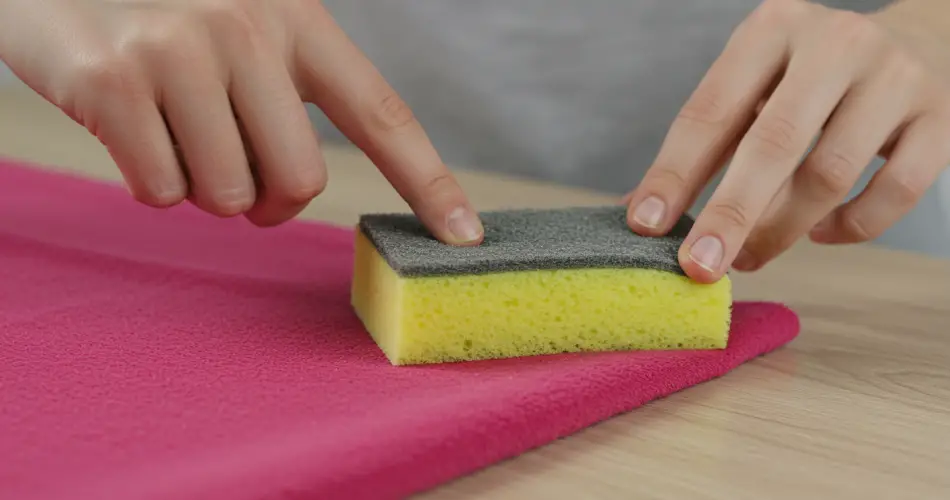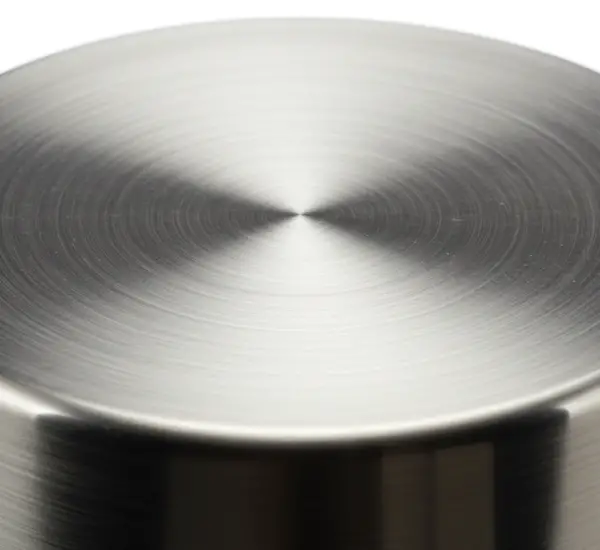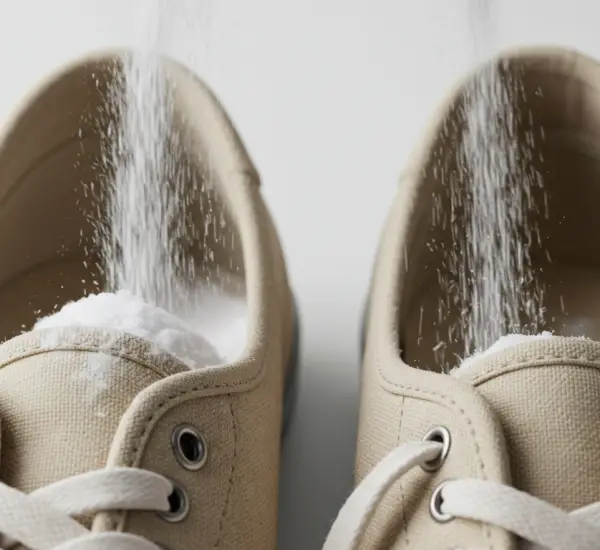For many people, doing laundry feels like an endless battle. Stubborn stains, dull fabrics, and clothes that lose their freshness too quickly often leave us wishing we could send everything to a professional cleaner every week. But here’s the truth: you don’t need to spend a fortune at the laundromat to achieve spotless, fragrant laundry at home. With a few clever tricks—and by adopting some of the methods used by professionals—you can get results that rival those of commercial laundries, without leaving your house.
Why Stains Are the First Problem to Tackle
The path to perfect laundry begins long before you even start your washing machine. One of the golden rules of stain removal is to treat the spot immediately. The longer a stain sits, the deeper it penetrates into the fibers, making it harder—sometimes impossible—to remove. Heat, particularly from hot water, can also make things worse by “setting” the stain permanently into the fabric.
So, whether it’s coffee, wine, or grass stains, try to address them as soon as possible. Dab (don’t rub) with water, or apply a stain remover before tossing the garment in the wash. This small but crucial step can prevent a minor mishap from becoming a permanent mark.
Chemical vs. Natural Stain Removers
Most households keep chemical stain removers handy, and they certainly work well when applied directly to problem areas. But if you’re looking for gentler or more eco-friendly options, natural remedies can be just as effective. Common pantry staples like baking soda, vinegar, or lemon juice not only help lift stains but also create a protective barrier against bacteria and unpleasant odors.
This added layer of freshness is why many people swear by natural cleaning methods. They not only clean but also care for the fibers, extending the life of your garments.
The Basics of Everyday Laundry Care
Before we get into the “secret” trick borrowed from professional laundries, it’s worth revisiting the basics. Many of us overlook simple details that can make or break the quality of our laundry.
-
Read the care labels: Those tiny tags sewn into your clothes are your best guide to keeping them looking new. Pay attention to water temperature, washing cycles, and whether the garment requires special care.
-
Separate by color: Mixing whites, darks, and bright colors in one wash is a recipe for disaster. Always sort to avoid dulling or staining your fabrics.
-
Protect delicate fabrics: Place delicate items such as lingerie or lightweight tops in mesh bags before washing. This prevents tearing and stretching.
-
Use the right cycle: Modern washing machines come with a variety of settings designed for different fabrics and levels of dirt. Take advantage of them instead of always relying on the default setting.
These little habits, while easy to adopt, make a significant difference in the final outcome.
Detergent: The Right Amount Matters
One of the most common mistakes in laundry care is overusing detergent. Many believe that “more soap equals cleaner clothes,” but in reality, excess detergent can damage fabrics and leave behind residues that trap dirt and odors.
The correct amount of detergent depends on two factors: the size of your laundry load and the hardness of your water (which varies by location). Always check the manufacturer’s recommendations on the product label and measure carefully. Too much soap is not only wasteful but also counterproductive.
Don’t Overload the Machine
Every washing machine has a maximum load capacity, and ignoring this limit reduces its effectiveness. Overstuffing the drum doesn’t allow clothes to move freely, meaning detergent and water can’t circulate properly. The result? Clothes that aren’t fully clean and sometimes even smell worse than before.
As a rule of thumb, the drum should never be filled to the brim. Leave enough space so that clothes can tumble and rinse thoroughly.
Drying and Storage: The Finishing Touch
How you dry and store clothes is just as important as how you wash them. Follow the care label’s drying instructions: some fabrics should never see the inside of a dryer, while others require gentle heat. Avoid ironing clothes when they are still damp, as this can damage fibers and set wrinkles permanently.
Once clean, fold and store clothes immediately rather than letting them sit in a basket. This prevents dust buildup and helps them stay fresher for longer.
The Professional Laundry Trick You Can Try at Home
Now, let’s reveal a simple yet highly effective secret that professional laundries use to keep clothes smelling fresh and feeling soft: the power of custom fabric softener sponges.
Here’s how you can replicate the method at home:
-
Take a rigid plastic container with a lid.
-
Pour six caps of your favorite fabric softener into the container.
-
Add six caps of water to dilute the mixture.
-
Cut a new cleaning sponge into four equal pieces.
-
Place the sponge pieces into the container, allowing them to soak up the mixture.
When it’s time to do laundry, simply take one piece of the soaked sponge and toss it directly into the drum along with your clothes. As the machine runs, the sponge releases just the right amount of softener, infusing your laundry with a long-lasting fragrance and softness.
This trick is both cost-effective and customizable. You can choose any scent you prefer, adjust the concentration, and reuse the sponges multiple times before re-soaking them.
Final Thoughts
Perfect laundry doesn’t have to be an elusive goal reserved for professional laundries. By paying attention to simple habits—like treating stains early, reading care labels, and avoiding detergent overload—you can keep your clothes looking their best. And with the added trick of fabric-softener sponges, your laundry will not only be spotless but also carry that irresistible fresh scent you usually associate with a professional wash.
With just a bit of planning and creativity, you’ll never feel the need to rush to the laundromat again. Instead, you’ll enjoy soft, clean, and wonderfully fragrant clothes—straight from your own washing machine.



